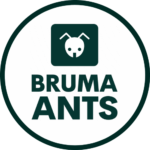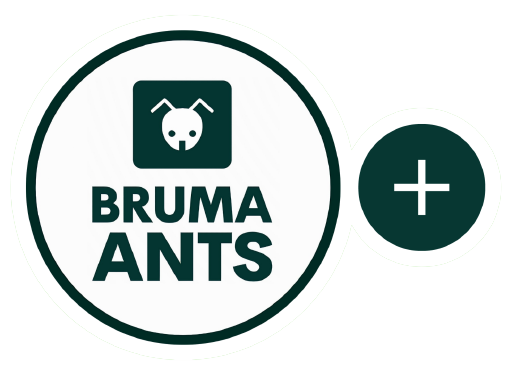Have you ever thought about how many roles there are in an ant colony? How many different types of ants exist?
Let’s find out!
In this short article we’re gonna explore the most common roles in an ant colony, listing every responsibility that each of them has, and explaining how they help the formicarium to function at its best!
Let’s get right into it!
Introduction
Caste systems are a fascinating and complex aspect of ant societies, with each member of the colony fulfilling a specific role and function that is essential for the survival and success of the group. In most ant colonies, there are usually four main castes: queens, males, workers, and major workers.
Before we start analyzing all the various roles we can find in an ant colony… Do you know that you can actually keep ants as little pets? Yeah, you heard right! Ants as pets! If the idea intrigues you, I would suggest you check out this short article where I explain why you should keep ants as your tiny pets!
Now let’s examine in detail the role that each one of them plays in the colony!
Queen Ants
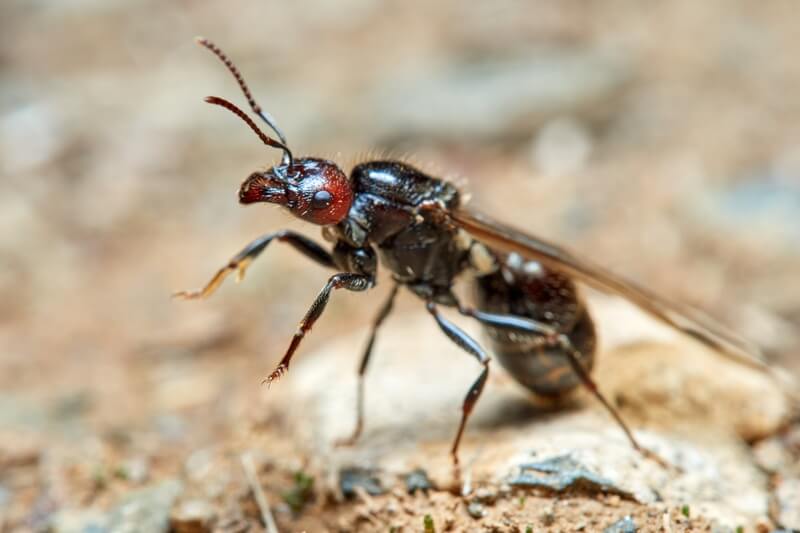
The queen ant is without a doubt the most important member of an ant colony. In the vast majority of cases, she’s the only reproductive member of the formicarium, and she’s essential for the survival and success of the colony.
The queen is responsible for the laying of the eggs, which, with a little bit of time and patience, will hatch into new ants, turning into the next generation of workers. She is typically a lot larger and longer-lived than the other ants, and, due to her crucial role, gets preferential treatment over all the other members of the colony.
Usually, the queen will mate with one or more male ants, known as drones, early in her life, and then spend the rest of her days solely focused on reproduction. From that day, she will start to lay eggs continuously, helped in her job by the worker ants designated to care for the young, until they are old enough to take on roles within the colony.
In some ant species, is not that unusual to encounter multiple queen ants within a single colony. These particular types of ant species are called polygynous, and can accept multiple reproductive queens in the same formicarium, increasing the chance of survival for the colony.
We can be sure of one thing: without a healthy and productive queen ant, a colony would not be able to survive for much time!
If you’re interested in the amazing hobby called ant keeping, and like the idea of starting your own ant colony, you should definitely check out this other guide! In this one, I explain where you can find queen ants for sale, the most important component for starting your little ant empire!
Male Ants
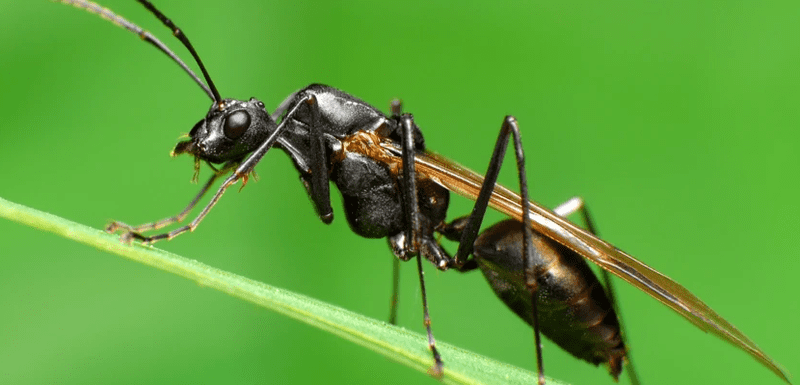

The role of male ants, also known as drones, varies depending on the species of ant. In the vast majority of cases, male ants only appear during the mating season, where they will compete with other males to mate with a queen ant. After mating, they will die or be driven out of the colony.
In other species, male ants have more permanent roles within the colony, such as foraging for food or defending the colony from external threats. However, their primary purpose is still reproduction, and they will mate with the queen ant whenever she is ready to lay eggs.
Male ants are typically larger and more heavily built than female worker ants, which can make them well-suited for tasks that require strength and endurance. They may have larger mandibles, higher aggressiveness, or some other sort of physical adaptations that help them in combat or defense.
Despite their physical abilities, male ants are generally not as essential to the colony as queens or female worker ants. They do not reproduce, and usually do not contribute to the care and upbringing of the young ants. In some cases, they may even be considered a burden on the colony, as they require precious food and resources without providing much in return.
Worker Ants
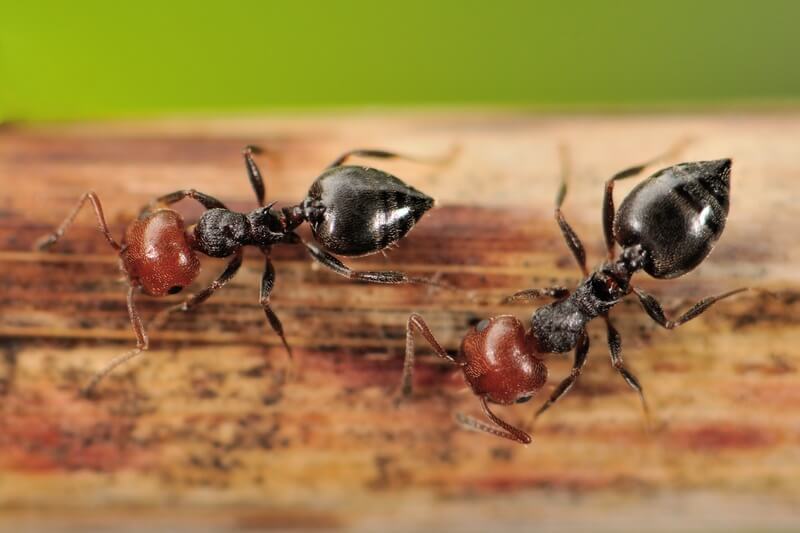

The role of worker ants is crucial for the overall success and survival of the colony. As the most numerous members of the colony, worker ants are responsible for performing a wide range of tasks and duties that help to keep the colony functioning.
In most cases, worker ants are typically female, and are not capable of reproduction. Instead, they devote their lives to caring for the young ants, by tending to the eggs laid by the queen ant, and by performing all the tasks needed to maintain a healthy and thriving colony. This includes foraging for food, building and maintaining the nest, and defending the colony from threats.
In some ant species, worker ants may also have specialized roles within the colony. For example, some worker ants may be tasked with scouting for new sources of food or potential threats, while others may be responsible for caring for the young ants or maintaining the nest.
The ability of worker ants to adapt to the needs of the colony, is one of the reasons that ants are such successful and organized insects. As the colony grows and changes, worker ants adjust their behaviors and the list of tasks needed to be performed accordingly, in order to ensure the brightest possible future for the formicarium!
If you, just like me, really like ants, you can’t miss this article! In this one, I list 10 mind-blowing facts about these fantastic tiny animals!
Major Workers
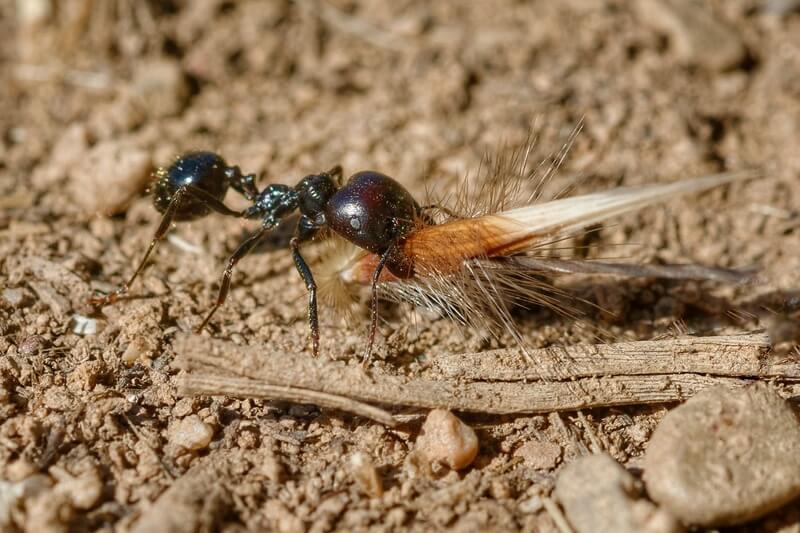

Some species of ants have another caste in addition to the one discussed before. These particular types of ants are called major workers, and as the name suggests, are usually larger and more heavily built than normal worker ants.
The main role of major workers is to perform tasks that require more strength and endurance than the typical worker ant. They are usually responsible for tasks such as foraging for food, carrying heavy loads, or defending the colony from various types of threats.
While major workers may not be as numerous as the other worker ants in the colony, their role is still essential for the colony’s success. They are able to perform tasks that other ants are not capable of, and their physical abilities help to ensure the continued survival and growth of the colony.
In short, these specialized types of worker ants are extremely helpful to ensure that the colony functions efficiently and effectively, performing tasks that other ants have difficulty doing!
Conclusions
The division of labor within a colony is without a doubt a fascinating and complex phenomenon. The caste system in ant societies continues to intrigue and fascinate researchers and enthusiasts alike, highlighting the enormous intelligence and organization skills of these little insects!
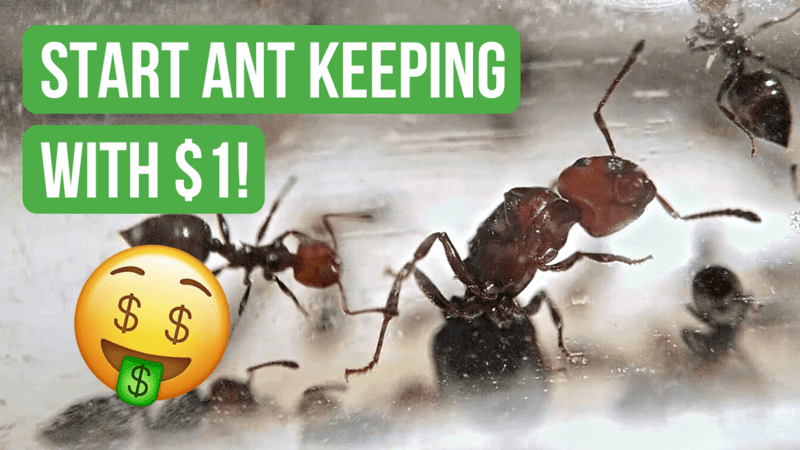

If you are new to this fantastic hobby called ant keeping, you should definitely check out this tutorial! In this one, I explain in detail how to start this hobby with as little as $1! That’s a steal!
Real-world impact!
Thanks to the BRUMA Ants Plus subscribers and our partner Ecologi we are planting lots of trees all around the world! Click on the Ecologi logo to see the real-world impact of this amazing community!
Join our Discord!

